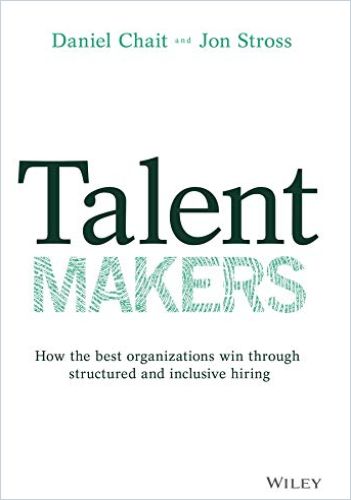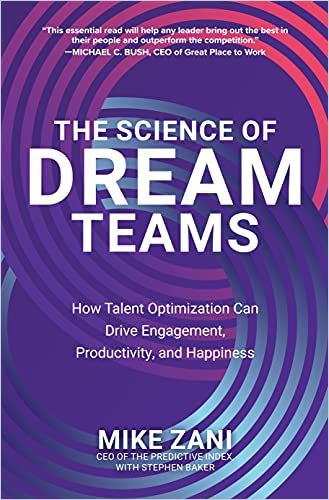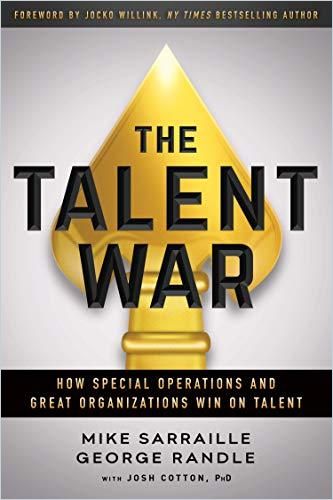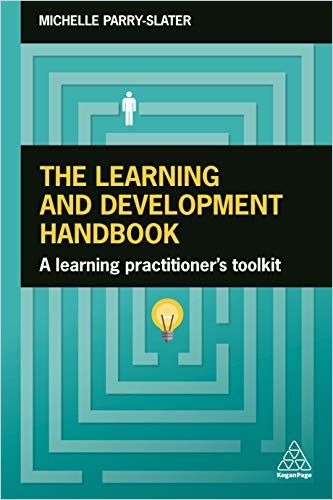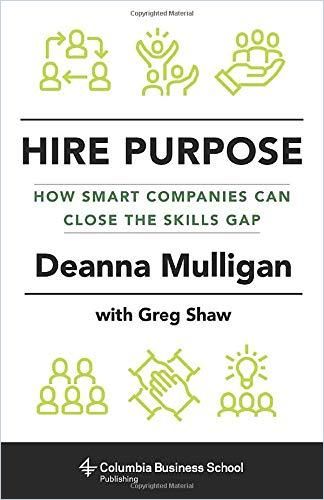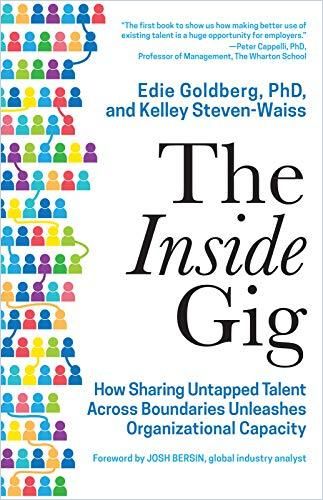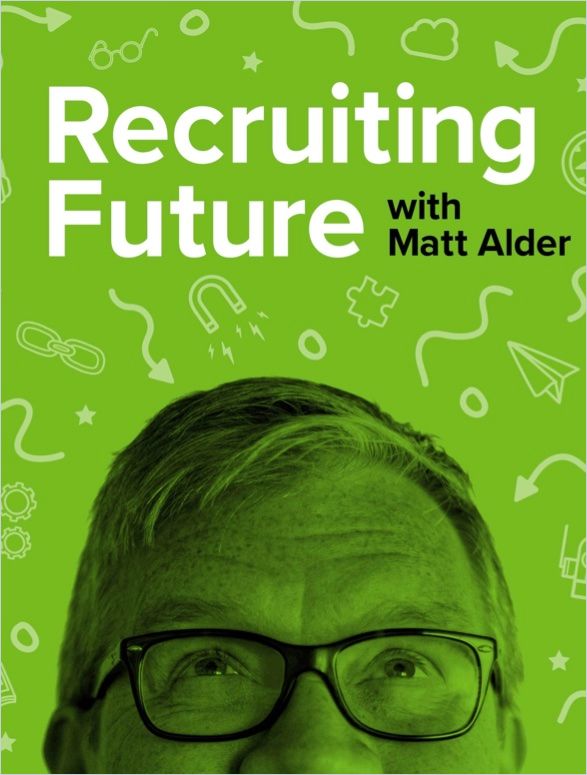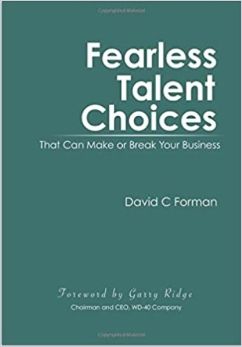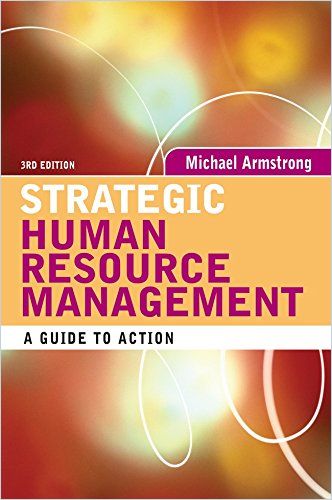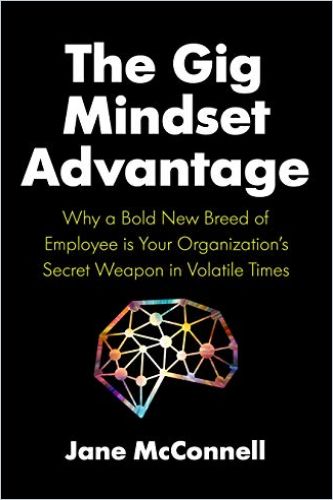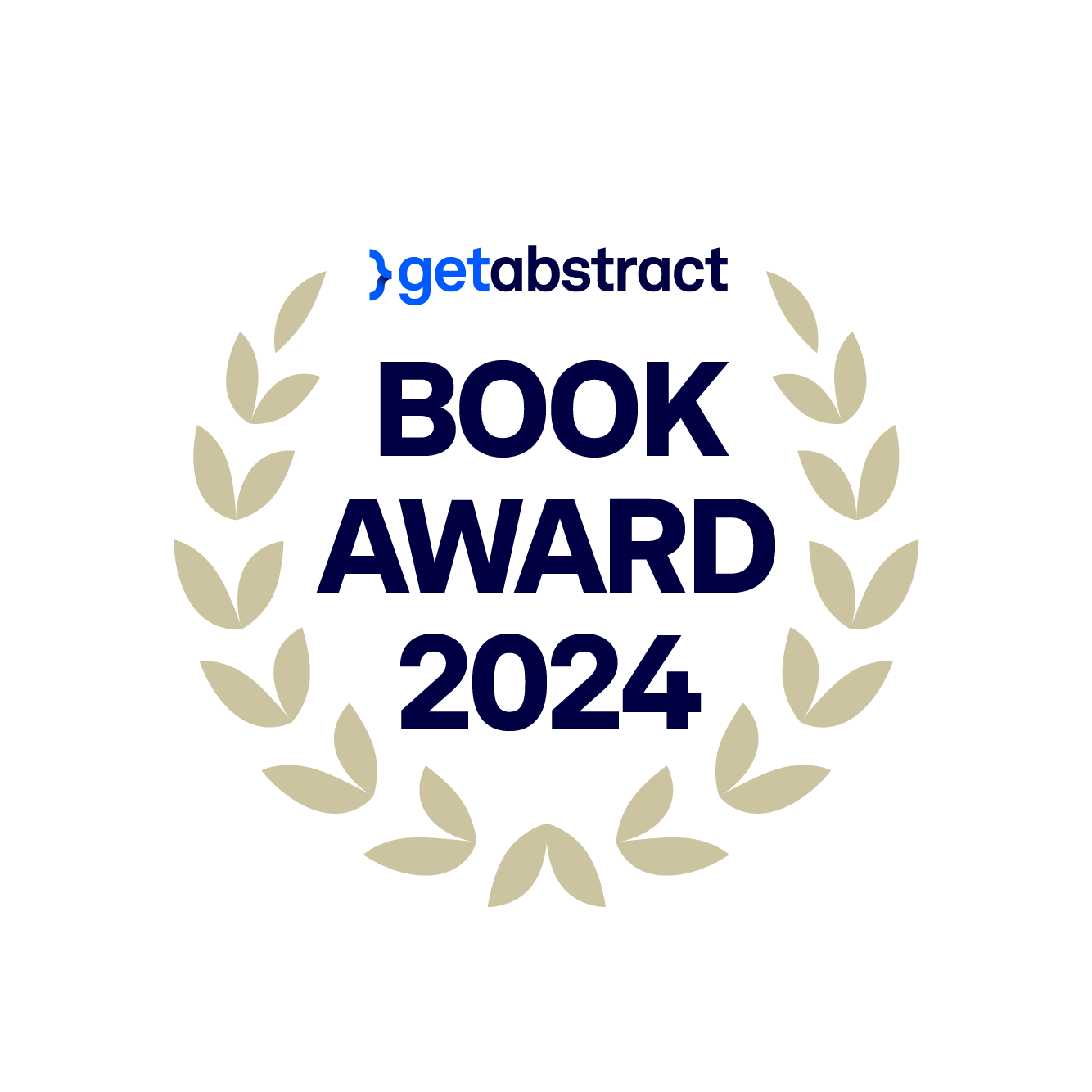How to Transform (Chaotic) Hiring into a Strategic System

In the vast majority of organizations, someone new is hired when a) someone else has vacated a spot, or b) you need new skills and can’t or won’t find them internally. This is increasingly causing chaos, with job descriptions, requirements and benefits changing much faster than they used to.
Stage One: A Broken Hiring Process
In a broken hiring process, unprepared and ill-trained interviewers ask random, even illegal, questions, take no notes and offer subjective assessments. Recruiters work with too little information. They schedule interviews, and hiring managers either don’t show up or come unprepared – and because no one tells them what the current status of the hiring is, at some point, they just promote the next best colleague instead of asking for assistance.
Organizations with broken hiring processes fail to exploit the most accessible and valuable component of hiring: employee referrals.
In these three steps, you’ll learn to avoid the chaos, find better people – and save money in the end.
Stage Two: From Chaotic to Inconsistent
Break the cycle of chaos by aiming for more consistent hiring of better talent, and you’ll reach stage two. To get there, follow these rules:
- Analysis of the skills and personality types within your firm helps you map the work to the types of people you need to hire (or find within your own company). Reskilling existing employees may be cheaper and easier than hiring new ones. Find out more here.
- Whether you have a talent gap or just want to optimize your current employee pool, start with your executive team. You already know their preferences, skills and behavioral traits.
- Consider your firm’s traits to see what kinds of talent additions will benefit it most.
- You should hire people based, primarily, on their character, not their résumés, skills or experience.
- Designate one person to oversee your company’s talent strategy, and add people to take charge of hirings and training.
The hiring process now relies on a few knowledgeable and conscientious individuals. Together, you enjoy successes, but struggle to scale those wins because you have not systematized your process.
Stage Three: From Inconsistent to Systemic
Going further, you leverage experts and invest in training, development and systems for hiring. This helps you improve to stage three, during which a critical mass of knowledgeable players forms, working together as a team in a systematic way. Better processes begin to repeat and scale throughout the firm, as emphasis shifts from individual actions to hiring teams.
Training and Development:
- Prioritize accessibility – Make learning new skills convenient for your employees.
- Integrate learning – Integrate learning into employees’ workdays. For example, Google encourages employees to spend part of their workday working on anything they feel would benefit the company.
- Treat learning as ongoing – Rather than treating learning as something employees do once to become experts in a narrow field, make learning ongoing. Create more mobility within the company to inspire workers to learn, collaborate with others and expand their roles.
- Foster a growth mind-set – Companies embracing a “culture of genius” view talent as fixed or static, whereas companies that support a “culture of development” treat workers’ skills as something that can grow. Morale and performance is higher in cultures of development.
- Engage employees – Gallup finds that nearly two out of three workers report feeling disengaged on the job. Creating a learning program will help your employees feel more in control of their careers and thus more engaged.
Systems for Hiring:
- Human resource leaders can leverage new technologies to transition their organizations to skills-based systems that managers can use to staff projects. Dolby Laboratories, for example, converted to talent inventory system Hitch. The system allows managers to break down a project’s skill requirements at different stages and to match employee skill sets. Employees can search for project opportunities that suit their interests and values.
- As a recruiting tool, artificial intelligence (AI) is past the early adopter stage, but it’s still in its infancy.
- Many HR departments now deploy AI for initial candidate qualification screenings and to answer basic jobseeker questions. AI has also proven useful in candidate matching and making job recommendations based on workers’ resumes.
Stage Four: From Systemic to Strategic
In stage four, organizations become strategic about hiring. Everyone from the hiring manager to the recruiter focuses on the details:
- The recruiter knows about the work the eventual hire will do.
- They enjoy productive communications with the hiring manager, and understand the details and specifications of what the company needs.
- A detailed interview kit guides trained interviewers through the process.
- Referrals flow continuously, because employees trust the process and know their friends will enjoy a first-rate hiring experience.
- Stage four firms survey new hires and late-stage interviewees about their experiences to gain insight and data.
- As you build a great reputation through stage four hiring, top talent will seek you out or accept your offers with greater frequency, leaving less reputable firms trying to outbid you.
- Cast your net for top talent wide, and target your investments according to the positions you hope to fill.
For more important guidance on each step described here, see the following topic channels at getAbstract:



Note
This article is based on insights from the following abstract:
